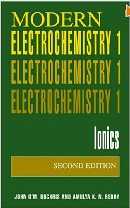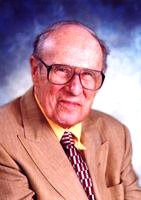This Second Edition of Modern Electrochemistry 1 includes everything that made the First Edition a classic -- rigor, clarity, and completeness -- but it has been thoroughly revised to include: -- the modern theory of ion-solvent interactions -- new methods for determining transport numbers -- room temperature liquid electrolytes -- computer simulation and new spectroscopies, and -- an updated bibliography. Problem set, explanatory diagrams, derivations of equations, and appendixes make this book an excellent undergraduate text and a useful reference for professionals.
`The first edition of Modern Electrochemistry, a two-volume set published in 1970, is familiar as a classic work to those who teach and practice electrochemistry. The second edition ... is a worthy successor, containing nearly all the original material, updated with the results of two and one-half decades of additional research, as well as a large amount of new material. ...the authors have done an admirable job of beginning each idea at a very basic level and building from there, the buildup is quite rapid as textbooks go and liberally sprinkled with mathematics and its attendant condensation of information, so the reading is challenging. Additionally, the authors are not bashful about invoking the calculus when it is appropriate. On the basis of the level of treatment and the sheer volume of material, this volume would be most appropriate as a textbook for an advanced course (post physical chemistry) in physical electrochemistry. It seems eminently suitable as a source of supplemental reading for students in a variety of upper-level courses, including physical chemistry. As a reference for the practicing electrochemist it shines because of its thorough coverage of the discipline, its excellent index, and its easy-to-use system of paragraph headings, each of which includes sufficient detail to enable the researcher to confidently identify the relevant portion of text. In view of the challenge presented in reading this text, I (who consider myself an applied analytical chemist) confess significant surprise in finding that the volume is relatively difficult to put down. The authors have managed to include more than their fair share of the "So that's why that happens!" factor.' - Journal of Chemical Education, 76:8 (1999)



